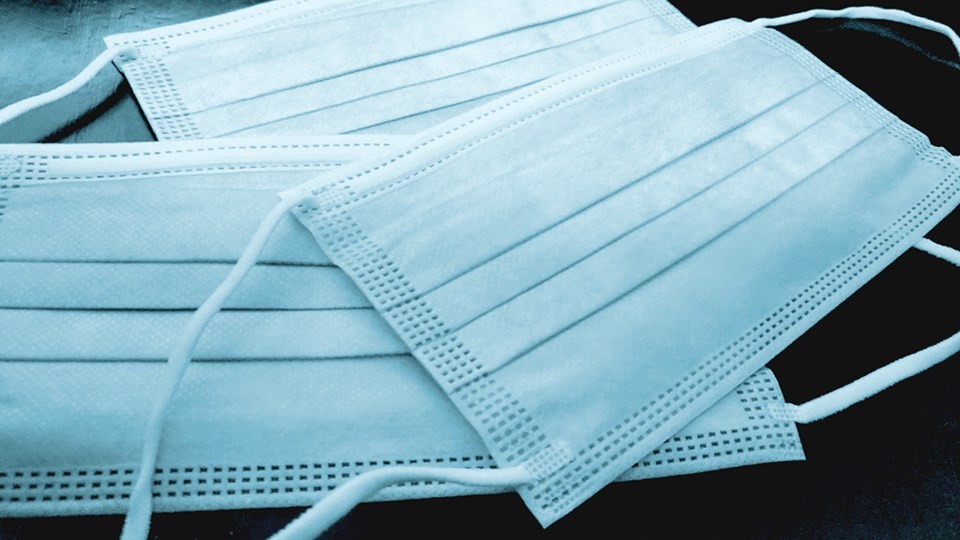New COVID variants, cooler weather and crowded classrooms have made many people wonder when, not if, restrictive public health measures will return.
Before 2020, we often shrugged off seasonal flu outbreaks, only to be surprised by overcrowded hospitals every winter. Today, Canada and many other countries seem primed to once again embrace restrictive measures in an attempt to “protect the system”.
Sweden stood alone during the pandemic. The Swedes stuck to the standard pandemic public health protocols of the time. They refused to follow the restrictive European public health crowd, demanding evidence before adopting the new method. As a result, Sweden experienced the lowest rate of excess mortality in Europe.
Why don’t we learn from Sweden?
Sweden's unique course of action faced skepticism from other governments. Even Britain's former health secretary, Matt Hancock, dismissed it as he attempted to diminish Sweden's approach. However, Sweden's voluntary strategy led to during the pandemic, no matter how you measure it.
At the height of the pandemic, Hancock even instructed an aide to “supply three or four bullet (points) of why Sweden is wrong.”
Of course, Hancock never intended his missives to become part of , an investigation by The Telegraph into 100,000 leaked WhatsApp messages exchanged within the British government during the pandemic. Regardless, his comments captured what every other government did: dismiss or diminish the Swedish pandemic performance.
While Canada outperformed most of Europe in managing the pandemic, it didn't fare as well as Sweden. Statistics Canada 7.6 percent more deaths than expected between March 2020 and August 2022, with 42,215 attributed directly to COVID-19. Sweden, on the other hand, had an excess mortality rate of just 4.4 percent during the same period, beating Europe's average of 11.1 percent.
Johan Norberg's analysis for the Cato Institute how Sweden's emphasis on personal responsibility achieved the smallest economic impact and the least educational loss for students.
Voluntary action does not mean zero restrictions. Sweden limited public gatherings (for example, in theatres and churches) to less than 50 people, but it did not restrict “workplaces, shopping centres or private gatherings.” It banned private visits to nursing homes. Bars and restaurants could offer only table service, and alcohol sales had an earlier cut-off time during 2020 and 2021. Universities and secondary schools were recommended to go online.
However, preschools and elementary schools stayed open. Borders remained open; no curfews or stay-at-home orders were made; no state of emergency was declared. Public transportation kept running, and there were no mask mandates, especially in schools.
Past experience does not guarantee future performance, of course. In a society that craves certainty, medicine cannot entirely eliminate all causes of anxiety. Therein lies the crux.
The emergence of the new BA.2.86 COVID variant has raised concerns among specialists in Ontario and British Columbia. There's a potential scenario where we may have to deal with COVID, RSV, and influenza simultaneously, referred to as a "tridemic." Consequently, some are advocating for the reintroduction of mask mandates. However, it's worth noting that Ontario Education Minister Stephen Lecce announced last week that mandatory masks would not be enforced in his province's schools.
In 2019, the World Health Organization (WHO) published an extensive of “non-pharmaceutical public health measures” for mitigating influenza. The WHO found no evidence that wearing a mask reduced influenza transmission. A Cochrane review published in January also little evidence to support masking. A study of a London hospital in the United Kingdom during Omicron no difference in hospital transmission rates with or without mask mandates.
But despite the evidence, many experts in acute care hospitals seem determined to bring back masks for any virus.
According to Dr. Martha Fulford, an infectious disease specialist in Hamilton, Ont., new mask mandates come down to a matter of optics.
“The sad part is that I think masking is now 小蓝视频 done because (hospitals) are expecting increasing patient volumes as (respiratory virus) season starts up,” Dr. Fulford told me. “They have built zero extra capacity, and the masks make it seem like they are doing something. It’s not about data; it’s all about optics. … Now we are just masking for any old virus, it would seem.”
A published in The Lancet in June indicates that virus transmission mainly occurs when individuals exhibit viral symptoms. The mere detection of virus particles on a nasal swab is likely not as significant as feeling sick. In light of these findings, it's reasonable to assume that it's safe to go to work when we feel well, and conversely, we should consider staying home when we feel sick.
In times of crisis, governments crave conformity over individual success. Sweden's approach may have driven neighbouring governments nuts, but it yielded better outcomes.
Maybe we can learn from them.
Dr. Shawn Whatley served as the past President of the Ontario Medical Association (OMA) and has wide-ranging knowledge and experience in the field of healthcare policy. He is also the author of the highly-praised book on how to fix emergency wait times in Canada, No More Lethal Waits.
©
Bookmark SASKTODAY.ca, Saskatchewan's home page, at this link.




